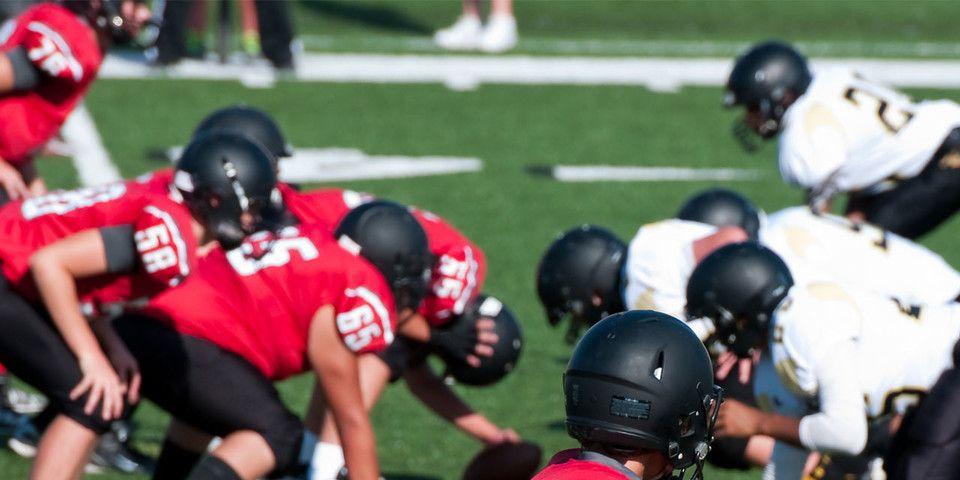Injuries Caused By Slipping On Ice: Top 5 Injuries and What To Do Next
Worried about injuries from slipping on ice? Rothman Orthopaedic Institute offers solutions
With winter comes the inevitable risk of slipping on ice. And while many falls may just result in a bruised ego, they also carry with them significant potential for injury to your bones, muscles and ligaments.
Although prevention is the best cure, it is also important to be prepared if you or a loved one find yourself in the unfortunate predicament of an injury after slipping on ice. So, in this article, you will find both preventive and restorative measures you should take when ice begins to cover the roads and sidewalks.
Here are the top five injuries of people falling on ice in 2016:
-
Muscle sprains and ligament strains
-
Fractures, including spinal compression fractures
-
Broken bones - most commonly the wrists and hips
-
Concussions and other head injuries
Preventing Injuries from Slipping On Ice
According to the Center for Disease Control, falls were the leading cause of injury in older Americans in 2016. Winter weather conditions certainly increase the likelihood that such an accident can occur. So, the CDC, along with OSHA — the Occupational Safety and Safety Administration — provides us with useful information on how to prevent slips and falls on ice. They recommend:
-
Wearing proper footwear for the conditions you will encounter
-
Taking short steps
-
Slowing your pace when walking on icy surfaces
-
Sprinkling deicer or sand on icy patches
-
Carrying a cell phone with you in case you are injured
-
Working slowly when performing outdoor chores in icy conditions
The Next Step: Treatment After a Slip on Ice
Prevention is not always 100% successful, and despite taking the utmost care, skeletal and muscular injuries do occur due to falling on ice. The question is — what should I do next?
In the case of a serious accident, your first resource will be calling 9-1-1 and going to the emergency department. They will help stabilize your injury. If specialized care is indicated, the emergency department will recommend you see an orthopaedic specialist.
Less severely injured patients may seek out an orthopaedic urgent care. Typically urgent cares do not have a long wait times like emergency departments. At an orthopaedic urgent care, patients are quickly evaluated by orthopaedic specialists, who are trained in musculoskeletal injuries and best qualified to offer you treatment. Your orthopaedic specialist will perform a physical exam to assess you. She or he will order and review an x-ray on site to diagnose and determine how serious the condition is. Depending upon your injury, additional studies may be needed such as CT scans, MRIs, ultrasound, etc. Sometimes a splint or a other orthotic is needed; other times your injury may require physical therapy or further evaluation by an orthopaedic subspecialist.
After some falls, you may not feel the effects of your injury immediately. Symptoms of swelling and pain may not appear right away, or you may feel they will pass with time. It is not too late to be evaluated by an orthopaedic specialist. Symptoms of pain should not be ignored. The best course of action in a case like this is to seek the help of a medical professional.
Be prepared for the approaching winter weather. If you or a loved one suffers from a fall, you can be assured that comprehensive, compassionate care is available from Rothman Orthopaedic Institute and our two orthopaedic urgent cares.
For more information about symptoms or treatment from slipping on ice near you, please visit us here or contact us at 1-800-321-9999.
We are open seven days a week!
Related Physicians
Related Specialties
Related Treatments
Related Programs
-

Injury Prevention Program
The Injury Prevention Program at the Rothman Orthopaedic Institute is dedicated to the prevention of injuries from athletic participation, particularly youth sports.Read More




